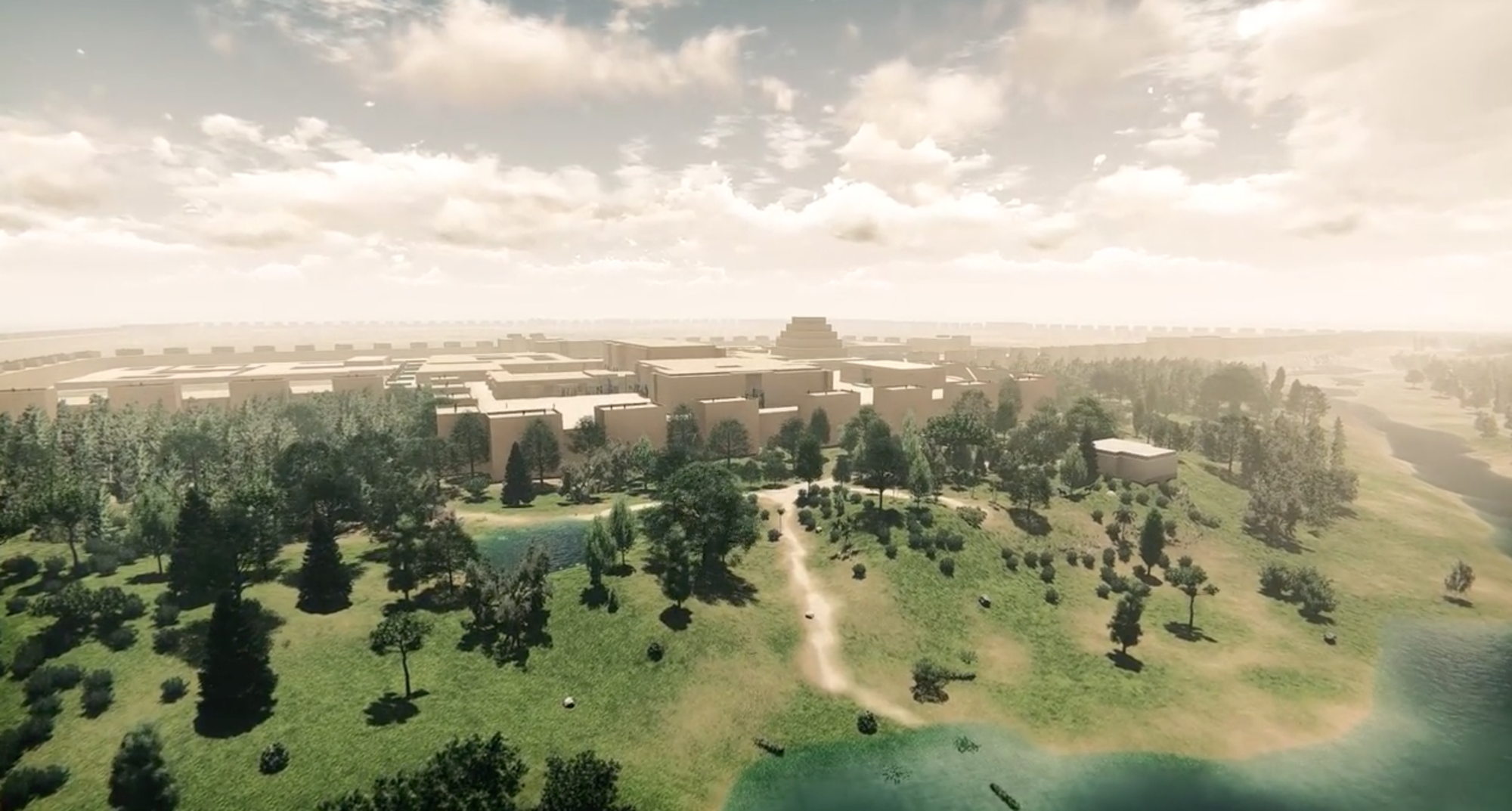
- Home
- Explore the site
- Environment and climate
Assyria, "the country of the god Ashur”, was a region of northern Mesopotamia, now Iraq. In the 1st millennium BCE, it formed the centre of the Assyrian empire and its main cities: Ashur, Kalhu (now Nimrud), Dur-Sharrukin (now Khorsabad), and Nineveh, which stood opposite the present-day city of Mosul.
The Assyrian landscape
Situated in the Fertile Crescent, the heart of Assyria lay between the River Tigris and two of its tributaries, the Great Zab and the Little Zab. The term Assyria also refers more generally to the whole of northern Mesopotamia. A landscape of foothills and plateaus, it is bordered to the east by the Zagros mountains which separated Mesopotamia from Iran. Reliefs to the north mark the border between Assyria and the kingdom of Urartu. To the west, Assyria extended towards the Al-Jazira plain, between the Tigris and Euphrates rivers, and then further west towards the Mediterranean coast.
Climate, fauna and flora
The climate in the 1st millennium BCE was very similar to today, with hot, dry summers followed by winters of rain and snow. The Tigris Valley was prone to severe flooding. Covered mainly with small trees and conifers, it had a varied and populous local fauna, including horses, which were only really introduced into the cavalry from the 2nd millennium BCE, and camels, which were not used until the 1st millennium BCE. Lions, then numerous in Mesopotamia, disappeared from Iraq at the end of the 19th century.


